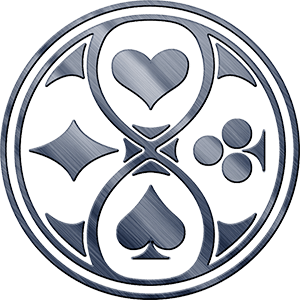Lewis Carroll's "Alice in Wonderland" has, since its publication in 1865, remained an enduring touchstone in the cultural imagination. Far more than a children's story, Alice's tumble down the rabbit hole has been reimagined, repurposed, and reinterpreted by countless artists, filmmakers, musicians, and even political thinkers.
The very fact that the tale of a young girl's journey through a fantastical world filled with bizarre characters can morph into a reflection of various generational ethos and societal issues is a testament to its universality. This blog explores how "Alice in Wonderland" has represented different generations and flourished in the ever-changing realm of pop culture.
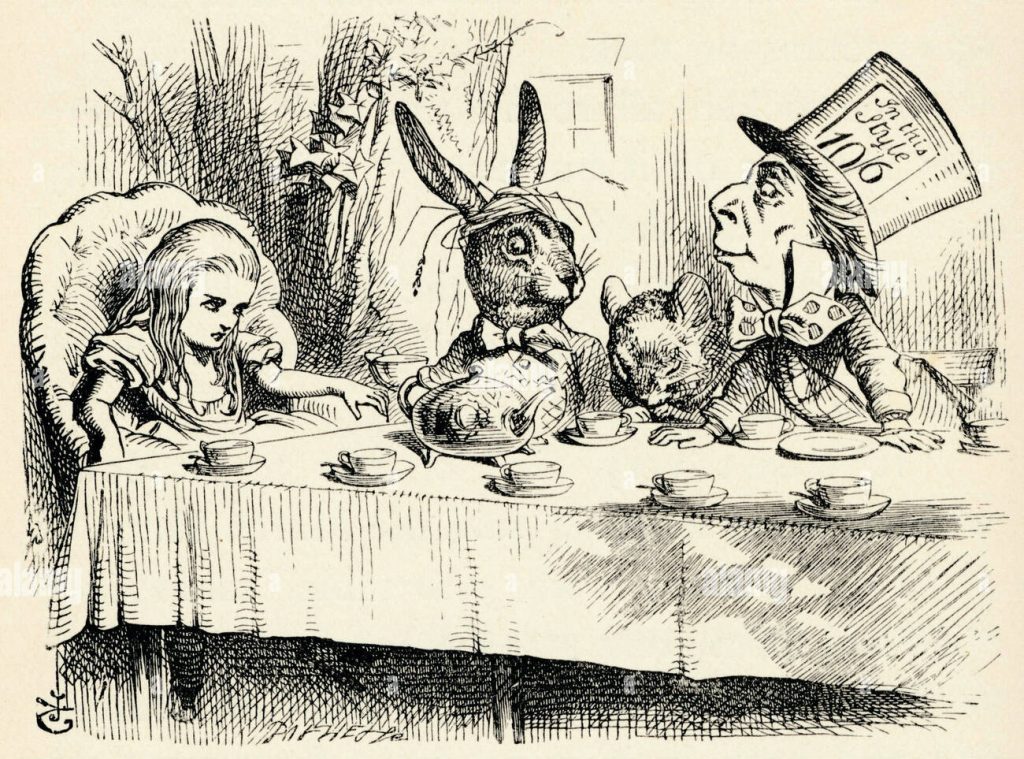
For the Victorians, Alice's journey resonated with the socio-political transformations of the era. The Industrial Revolution had altered the landscape, and Alice's navigation of Wonderland could be seen as a reflection of the tumultuous changes and the loss of innocence of the time. This generation saw in Alice a challenge to established norms, where strict societal rules were juxtaposed against the absurdities of Wonderland.
In the 1950s, an era often viewed with a sepia-toned sentimentality as a period of post-war optimism, prosperity, and quintessential values, Alice from Wonderland emerged as an emblem of the decade's unblemished innocence. With her classic pinafore dress, wide-eyed wonderment, and the unjaded curiosity of youth, she encapsulated the idealized child of the '50s—a symbol of purity and simplicity amidst the shadows of a world reshaped by war. Her adventures, and misadventures, in Wonderland echoed the harmless explorations of a generation who, despite the protective bubble of post-war euphoria, had to confront a rapidly evolving landscape.
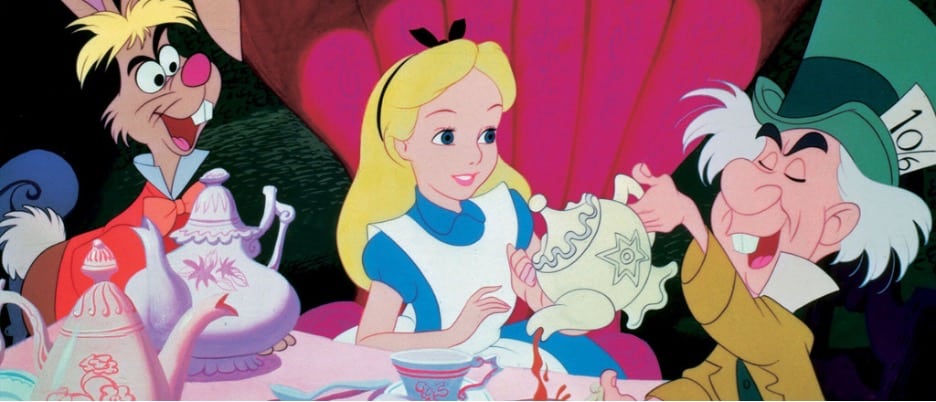
The character of the White Rabbit, perpetually anxious and always seemingly a step behind time, becomes a particularly poignant allegory for this era. His frantic proclamation, "I'm late! I'm late! For a very important date!" could easily symbolize the generation's attempt to keep pace with a swiftly changing post-World War II society. There was a palpable rush, a need to rebuild, and perhaps, in shielding Alice's innocence, a desire to protect the youth from the brutalities and horrors of war that had just passed.
However, as Alice delves deeper into Wonderland, the question arises: Were they already "late" with the looming specter of the Cold War? Were they inadvertently plunging into another rabbit hole of geopolitical tensions and nuclear anxieties? Alice, in all her innocence, becomes a reflection not just of individual childhood, but of a generation teetering on the edge of newfound peace and emerging global threats.
Alice's trip to Wonderland began to symbolize a different kind of trip altogether. The 1960s saw the rise of the counterculture movement, with its advocacy for peace, love, and psychedelic exploration. Songs like Jefferson Airplane's "White Rabbit" directly drew from Alice's narrative, equating her explorations with the mind-expanding properties of psychedelic drugs. This generation viewed Alice's journey as a metaphor for breaking free from societal constraints and seeking deeper truths, often aided by hallucinogenic experiences.

The 1980s, saw a resurgence of interest in classic tales, as the post-War generation sought solace in nostalgia. Disney's animated adaptation from 1951 found renewed popularity, and various merchandise, from clothing to toys featuring Alice and her Wonderland friends, began to flood the market. For this generation, Alice represented a return to a simpler time, a reprieve from the fast-paced world of technological advancements.
In the 1990s, as technology burgeoned with the advent of personal computers and the early Internet, "Alice in Wonderland" was interpreted anew.
Our evolving relationship with technology saw Alice not just as a nostalgic figure, but as a guide through the increasingly complex digital realm. The 'rabbit hole' came to represent the vast, intricate web of the internet, a world with its own set of rules, mirroring Wonderland's surrealism. Films like "The Matrix" played with this concept — drawing parallels between Neo's red pill and Alice's descent, both awakening to a reality (or lack thereof) hidden behind the veneer of the everyday.
The underlying anxiety of the '90s tech surge was palpable: as we plunged deeper into the digital age, would the flood of information strip away our comforting illusions, much like Alice's realizations in Wonderland? The fear wasn't just of technology itself but of the potential revelations it might bring.
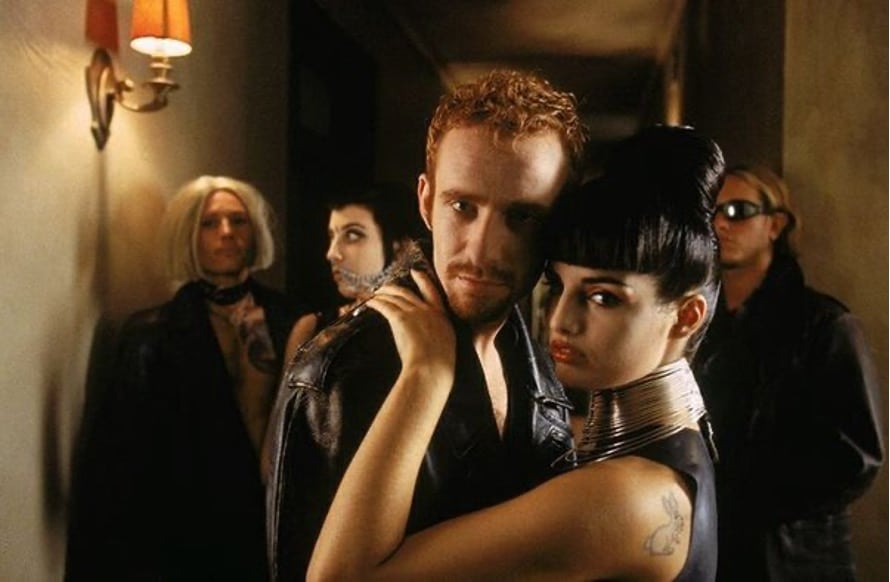
The digital era, characterized by the rapid evolution of technology and the Internet's prevalence, has presented its unique take on Alice. Video games like "American McGee's Alice" offer a darker, more twisted version of Wonderland, echoing the complexities of the modern world. Simultaneously, movies like Tim Burton's "Alice in Wonderland" (2010) blend nostalgia with contemporary CGI wizardry, catering to both old fans and a new generation experiencing the tale for the first time.
Online platforms like YouTube, TikTok, and Instagram see creators taking inspiration from Alice to craft content that ranges from makeup tutorials to social commentaries, reinforcing Alice's adaptability and relevance in the digital age.
In recent years, as global challenges have intensified—from political upheavals to environmental crises—the line between the fantastical world of Wonderland and our reality has blurred. A dystopian vision of Wonderland has emerged, one that mirrors our societal anxieties.
Shows like "Alice in Borderland" highlight a distorted, perilous version of Wonderland, where the stakes are life and death, reflecting the existential threats many feel in today's unpredictable world. This new portrayal taps into the collective consciousness that grapples with a future filled with uncertainties. The twisted landscapes and characters of Wonderland are no longer just the whimsical concoctions of Carroll's mind; they have become eerily reflective of our present-day society. Alice's navigation through this challenging realm serves as an allegory for our collective attempt to find clarity, hope, and resilience in an increasingly complex and oftentimes bewildering world.
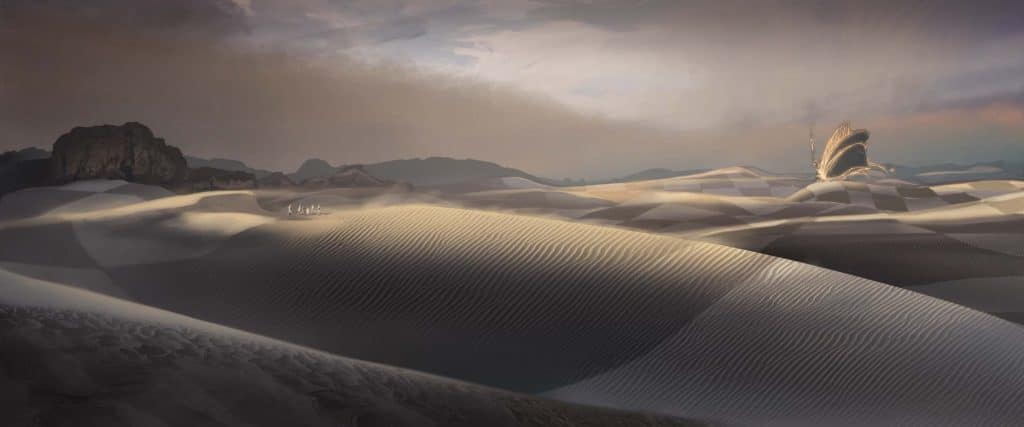
In my own work, "The Looking Glass Wars", Wonderland is not the idyllic escape presented in the Lewis Carroll original but a reflection of our tumultuous world. The White Rabbit, reimagined as Bibwit Harte, serves not merely as a herald of oddities but as a mentor and guide through the intricate mazes of warfare reminiscent of the Russia-Ukraine conflict, coups echoing the January 6th Capitol attack, and the perplexing realms of current politics.
The juxtaposition of light and dark imagination in this retelling mirrors the dualities we face in our world: hope versus despair, unity versus division, and truth versus delusion. It's a powerful reminder that imagination isn't a preserve of the innocent but a tool, accessible and moldable, by both the benevolent dreamer and the nefarious schemer. Thus, cultivating and understanding one's imagination becomes not just a flight of fancy, but a requisite for personal and collective survival.
In my retelling, Wonderland and our world aren't separate, but intertwined through a two-sided rabbit hole - a portal where realities bleed into one another. No longer do characters need to 'fall' into Wonderland; they can pull its eccentricities and wonders into our realm, creating a hybridized world. It plays with the premise that Wonderland isn't mere fiction but a tangible, intertwined reality. The tale suggests that Carroll didn't invent Wonderland; he merely misunderstood its essence.
Today, echoes of my Wonderland can be witnessed in our reality. Its inhabitants aren't confined to pages but are vividly present on TikTok, tweeting their peculiarities on Twitter, or snarling at awestruck fans at Comic-Con. They wander among us, with a defiant proclamation: "Wonderland is real!" It's not just a fantasy. It's a eye-opener, the truth needs to come out.
What is it about Alice's tale that makes it so adaptable and relevant across generations? Perhaps it's the blend of whimsy and depth, the mix of absurd humor and poignant reflection. Maybe it's the universally relatable theme of a young person trying to make sense of a nonsensical world.
No matter the reason, "Alice in Wonderland" has showcased a unique ability to represent different generations, evolving in tandem with societal shifts and cultural trends. As long as, society continues to change and grow, Alice's journey, in its myriad forms, will remain an essential part of our cultural tapestry, echoing our collective experiences, dreams, fears, and hopes.
